Medaxiom Blog
A curated feed of cardiovascular perspectives
Stay up-to-date on the latest opinions, trends, and issues in cardiovascular healthcare with MedAxiom’s blog posts.
Talent Solutions: Recruit to Retain
Wednesday, March 30, 2022 | Scott Ketchen, Founder and Managing Partner, RoundTable Strategic Solutions | 0 Comments

RoundTable Strategic Solutions powers MedAxiom Talent Solutions, which connects healthcare organizations with seasoned cardiovascular expertsbacked by the entire MedAxiom team. As a leader in delivering innovative staffing solutions to the healthcare industry, RoundTable Strategic Solutions shares unique perspective on workforce challenges, opportunities and trends to help MedAxiom member organizations thrive in the new normal.
Transforming Care Through Cardiac Rehabilitation
Monday, February 14, 2022 | Taylr Jesinger | 1 Comment
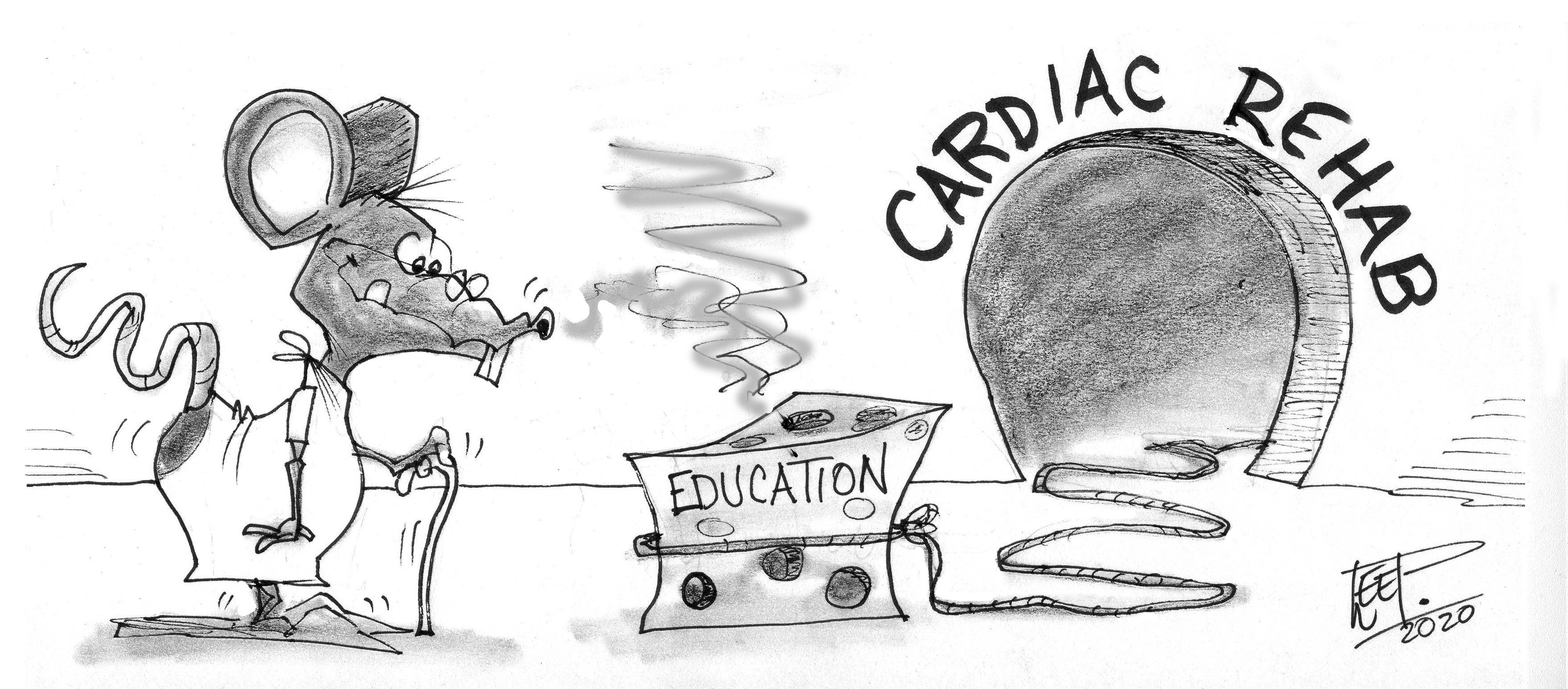
For more than a decade, evidence-based cardiac rehabilitation (CR) has been a Class I indication in clinical guidelines for patients with chronic stable angina, STEMI and NSTEMI, patients undergoing PCI and CABG, and heart failure. The benefits of CR speak for themselves. Evidence clearly shows that CR reduces all-cause mortality by 50% compared to patients with no CR, and it improves risk factors, functional status, quality of life, medication adherence, and keeps patients out of the hospital. A recent publication based on research at Mayo Clinic determined that there is a positive linear health benefit to the number of CR sessions – more sessions equivalated to a greater risk reduction with no upper threshold limit. In fact, their research showed that patients significantly benefit even after one additional session.i
When it Comes to Coding for Endovascular Aortic/Iliac Aneurysm Repair, Details Matter!
Tuesday, June 15, 2021 | Joline Bruder, CPC, CPMA, CCVTC, CGSC | 0 Comments
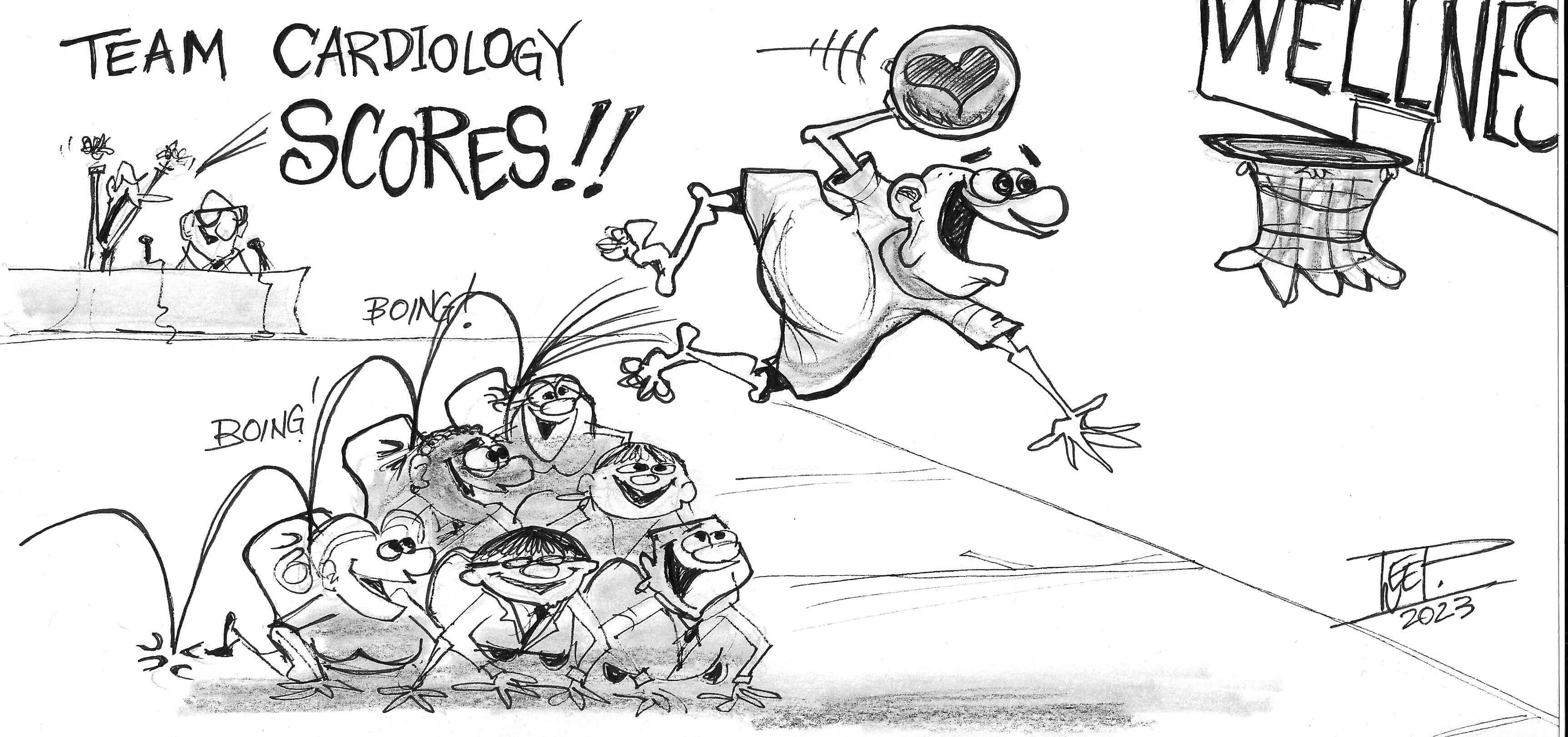
My favorite topic in the whole wide world is endovascular aortic aneurysm (EVAR) repair procedures. Some of you may think I’m crazy, but back in 2005, I was invited to witness an EVAR with the cardiothoracic surgeon I worked for and an interventional radiologist. I was absolutely fascinated by the procedure and saw what a great benefit it was for the patient - less invasive equals quicker recovery. After that experience I was hooked. When it comes to coding these procedures though, often it is not a walk in the park. However, with time and experience they do become easier. Below, I give tips to providers on their documentation and to coders on what to look for.
E/M Changes Are Here - Now What?
Thursday, February 4, 2021 | Nicole F. Knight LPN, CPC, CCS-P | 0 Comments

After a long road of preparing for significant changes to Evaluation and Management (E/M) coding, revised policies on coding, documentation and payment of E/M services are now in effect. According to an American Medical Association (AMA) survey 100% of the major commercial payors said they would adopt new E/M guidelines, which means the changes that went into effect Jan. 1, 2021 have a significant impact on your program’s revenue cycle. It’s not too late to understand the evolution of E/M coding and documentation, and how to set your practice up for success in 2021 and beyond.
The Vexing Challenge of Physician Slowdown: How to Create an Effective Policy
Thursday, September 24, 2020 | Joel Sauer | 0 Comments

Like perennial flowers appearing in the spring, each and every year the thorny issue of physician slowdown breaks into the top five concerns for cardiovascular group and program leaders. Rarely does a cardiologist practice at full throttle and then simply retire on a chosen date. Typically, he or she will reduce day and/or evening responsibilities to extend the ability to continue practicing. While this may seem like a positive approach, given the backdrop of projected physician shortages (Figure 1), it presents significant challenges for program leadership.
The Key to Optimizing the Revenue Cycle: Zero in on Education
Friday, June 19, 2020 | Nicole F. Knight LPN, CPC, CCS-P | 0 Comments
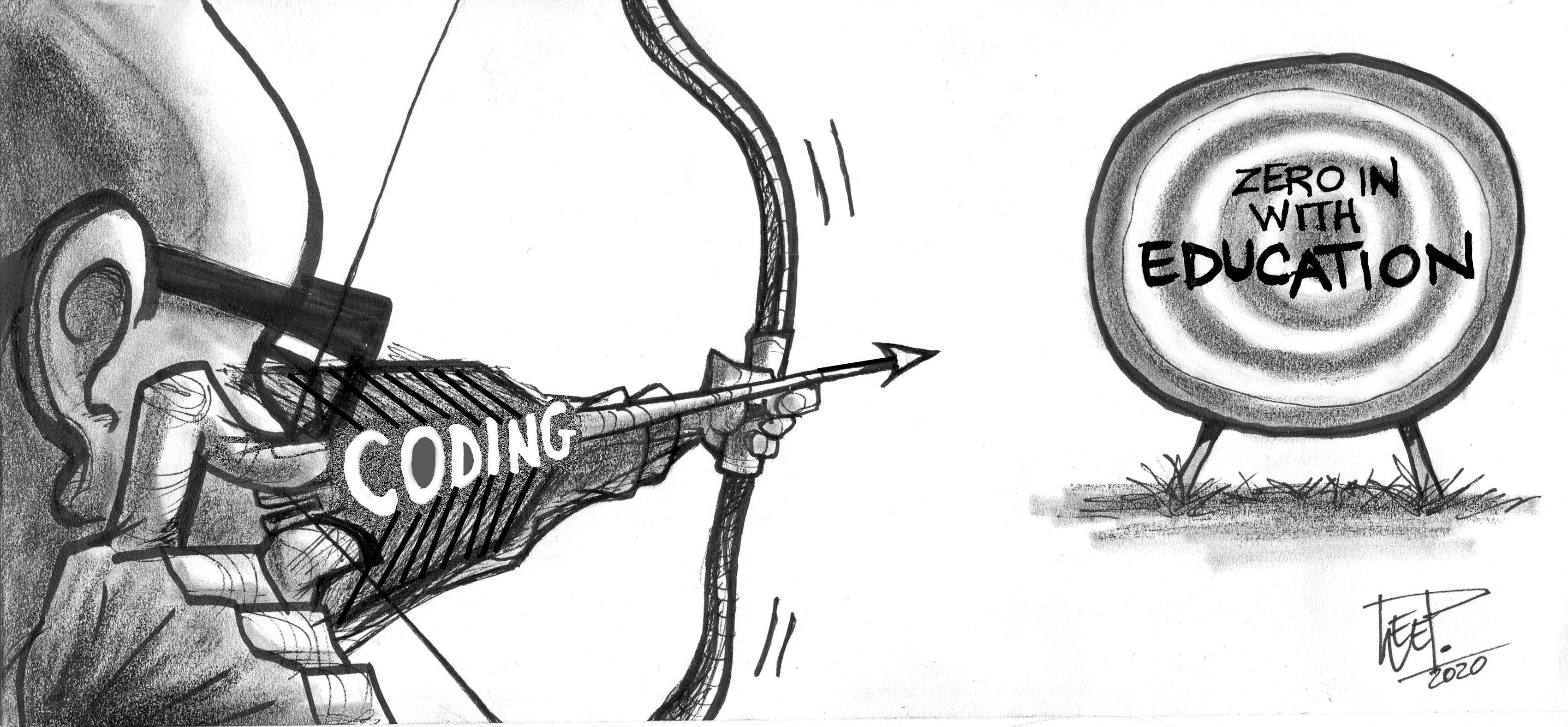
The rapid impact of the COVID-19 pandemic has and continues to be at the forefront of our daily program operations. As we continue to be faced with several issues related to operating margins, revenue collection and reimbursement, safety has been our biggest priority. Thinking about accurate coding, clinical documentation improvement and ongoing education efforts are not top of mind… but should it be?
Roadmap for the Digital Transformation of Healthcare: Lead, Facilitate and Partner
Friday, November 1, 2019 | John S. Rumsfeld & Rashmee U. Shah | 0 Comments

Authored by: John S. Rumsfeld, MD, PhD, FACC, American College of Cardiology’s Chief Innovation Officer & Rashmee U. Shah, MD MS, University of Utah Health, Division of Cardiovascular Medicine Cardiovascular medicine is inherently “high-tech”. The profession has a long history of adopting new technologies (i.e., transcatheter valvular therapeutics) to improve patient outcomes. However, healthcare delivery to improve efficiency and optimize prevention and health outcomes has not advanced in the same way. As a result, the U.S. still holds the title of most expensive, least effective healthcare system among developed countries. With CV disease a leading driver of healthcare costs in the U.S., we need solutions to improve care delivery.
Transformational Alignment in the CVSL
Thursday, September 19, 2019 | Terri McDonald | 0 Comments

Aligned? Not so Much The historical divide between CV physicians and hospitals/health systems is still alive and well in most programs despite contemporary trends in employment and contracted “alignment” models. We encounter it nearly every day and we often reside in one of two “camps” – the physician camp or the hospital/system camp. We can see how distrust, whether subtle or intense, can influence parallel decision-making processes and leadership structures. Differences are often years, or even decades old – management, infrastructure, compensation, call coverage or all of the above. Although it’s unintentional, this divided culture may cause our work to be more about our needs and managing margins and less about our patients.
Heart Failure Cardiologists Earn Less, Produce Less than Other Cardiologists
Thursday, September 5, 2019 | Joel Sauer | 0 Comments
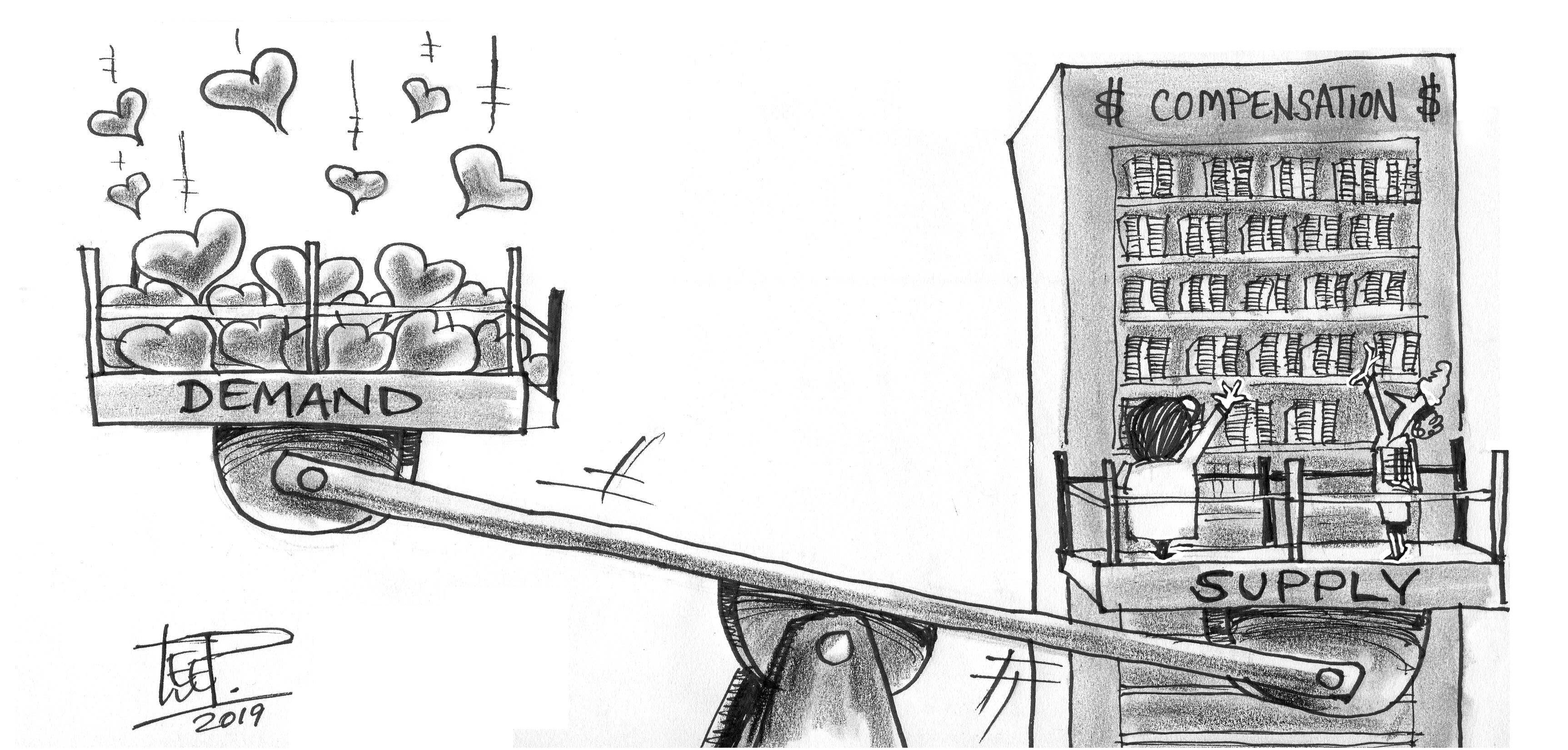
MedAxiom’s recently released 2019 Cardiovascular Provider Compensation and Production Survey report unveiled heart failure insights for the first time. Heart failure physicians are still very rare in the cardiology workforce, making up just 2 percent of the total (Figure 1). For our survey, the designation of heart failure as the subspecialty type is made by the group responding. However, the Heart Failure Society of America corroborates how small this population of physicians still is, listing around 200 total fellows among its membership. Likewise, the American College of Cardiology includes 792 cardiologists who have received fellowships through its certification process, with another 105 currently in training.
The Art of Mastering Coding and Documentation to Improve Risk Management
Friday, August 30, 2019 | Nicole F. Knight LPN, CPC, CCS-P | 0 Comments
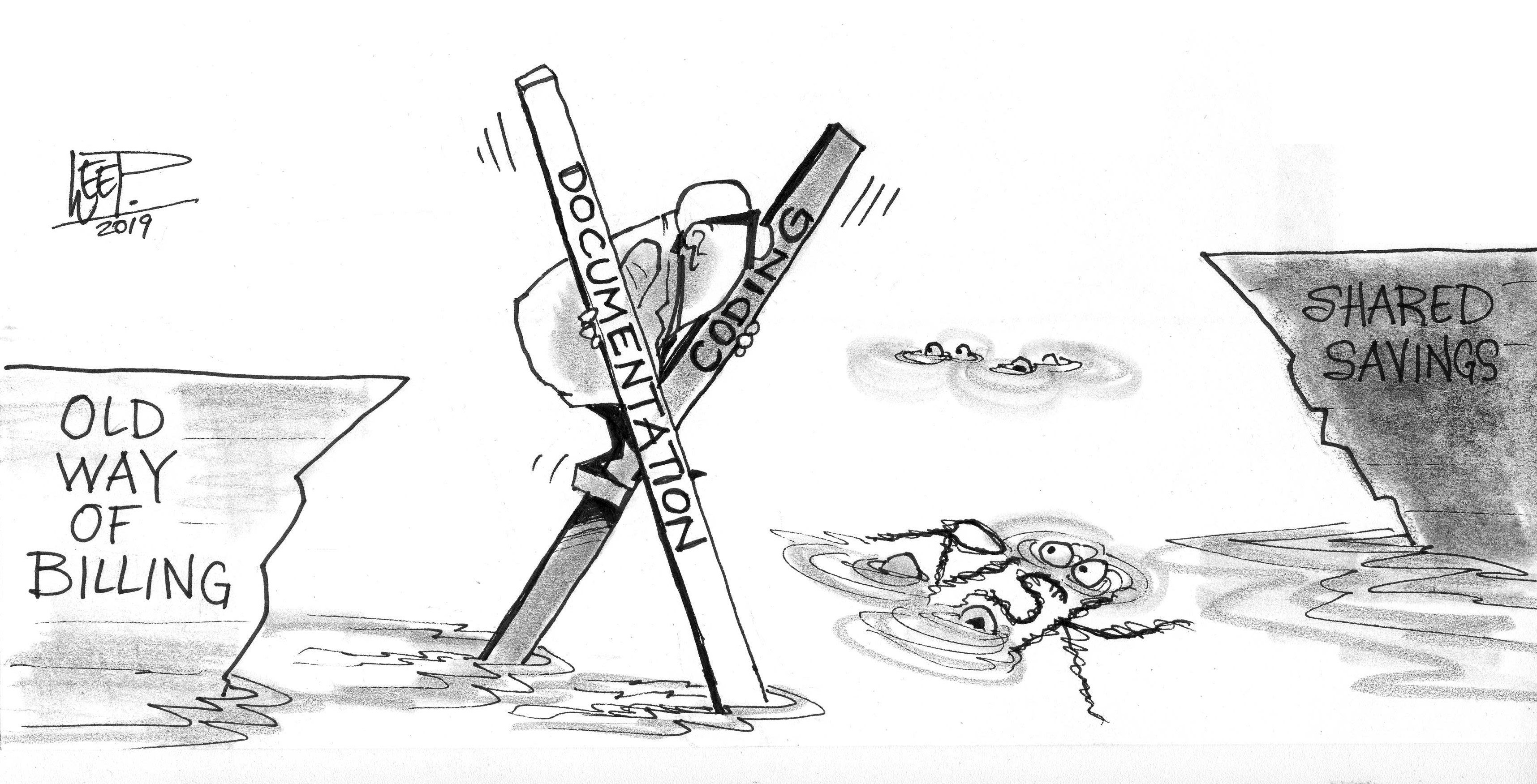
Regardless of your role in your organization, you are likely intimately familiar with the administrative burden that accompanies documentation and coding and the crucial role it plays in a practice’s success. Because the process is complex and can be frustrating, mastering the art of documentation and coding requires “lifelong learning” and a team effort by all stakeholders.
